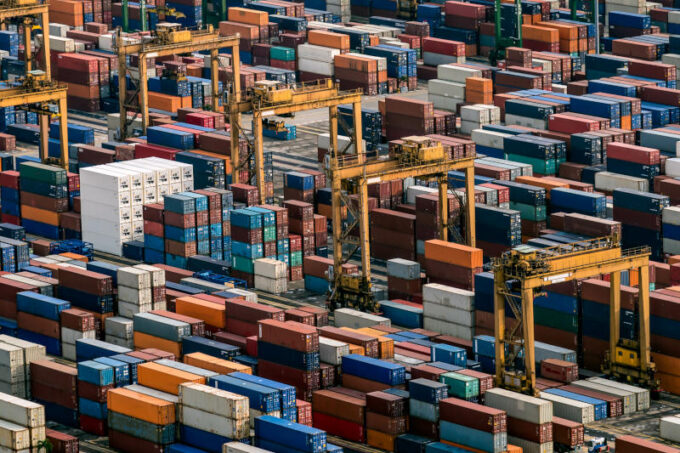For decades, globalization followed a simple logic: governments set the stage, and companies competed. That’s no longer the case.
In recent years, states have moved from the sidelines to the center of economic competition. From Washington to Brussels, Beijing to Seoul, policymakers are investing heavily in key sectors, shielding domestic firms, and reshaping the rules of the global economy.
This shift isn’t anecdotal. An analysis we conducted with International Monetary Fund (IMF) economists of more than 34,000 policy interventions in 75 economies since 2009 shows how deep this transformation runs.
Since 2020, amid pandemic shocks, supply chain disruptions, and rising geopolitical tension, the annual number of new industrial policy interventions has nearly doubled, led by the United States, the European Union, China, Japan, and Korea. That period marks a distinct turning point in how governments engage with markets. Industrial policy, once about competitiveness and green growth, is now increasingly shaped by resilience, security, and geopolitics.
This marks a new phase: a more security-driven, and at times defensive, use of industrial policy. For businesses operating across borders, understanding how governments are rewriting the rules of the game has become essential.

Audio available








